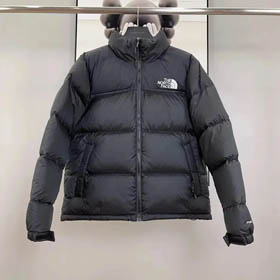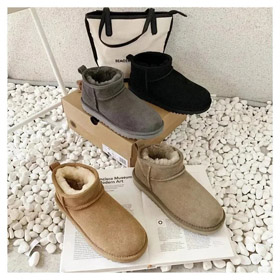The Iconic Journey of Burberry: A British Fashion Legacy
Since its founding in 1856, Burberry has grown from a modest outdoor apparel retailer into a globally recognized luxury fashion house. The brand's distinct check pattern and timeless trench coats have made it synonymous with British style and sophistication. This article explores Burberry's remarkable evolution while highlighting key aspects of its heritage and modern innovations.
Humble Beginnings in Basingstoke
Thomas Burberry, a 21-year-old draper's apprentice, established the original Burberry shop in Basingstoke, Hampshire. Focusing on practical outerwear, his designs quickly gained recognition for durability and weather resistance. The company's breakthrough came with the invention of gabardine in 1879 - a breathable yet waterproof fabric that revolutionized rainwear. British explorers like Ernest Shackleton and Roald Amundsen wore Burberry gabardine during their historic expeditions, testifying to its exceptional quality.
The Birth of an Icon: The Trench Coat
Burberry's most legendary creation emerged from military necessity during World War I. The brand designed the first trench coat for British officers, featuring functional details like D-rings (for carrying gear), epaulettes (for displaying rank), and storm flaps. This utilitarian masterpiece transitioned seamlessly into civilian life post-war, becoming a fashion staple. The beige "honey" color became the brand's signature, allowing the coat to complement virtually any wardrobe.
The now-iconic Burberry check pattern debuted in the 1920s as a lining for trench coats. Originally called the "Haymarket Check," this camel, black, white and red plaid design became protected as a trademark in 1924. Interestingly, this distinctive pattern lay hidden until 1967 when the brand began showcasing it more prominently - a strategic move that would eventually define Burberry's visual identity.
Challenges and Revival
Despite early successes, Burberry faced difficulties towards the late 20th century. The brand suffered from over-licensing and counterfeiting problems, with its check pattern becoming so ubiquitous that it lost exclusivity. When British designer Christopher Bailey joined in 2001, he helped reposition Burberry as a premier luxury label. His innovative digital strategies, including being among the first luxury brands to livestream fashion shows, rejuvenated the company's image while respecting its traditions.



















